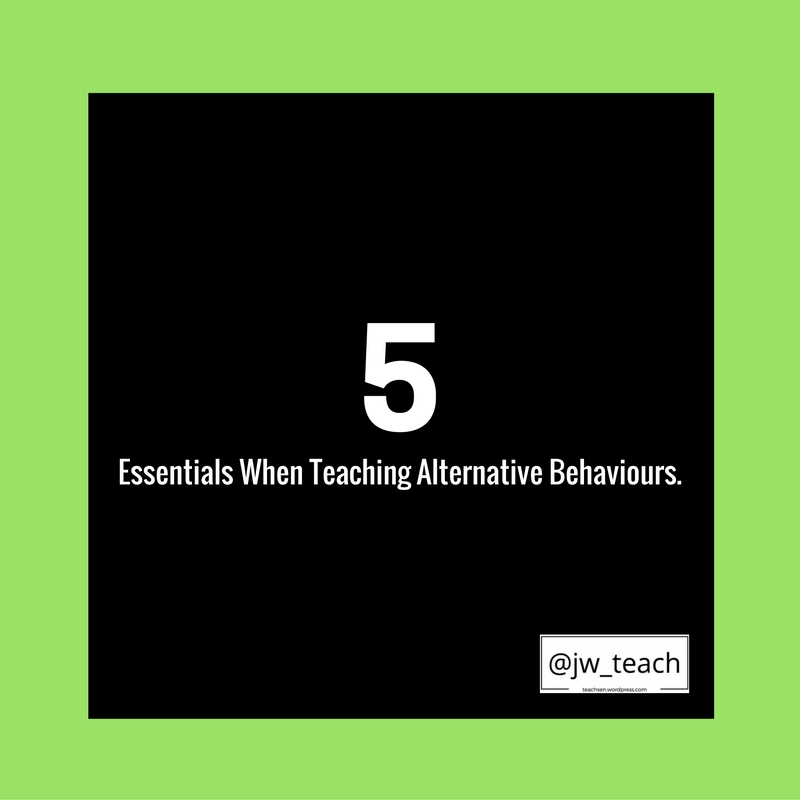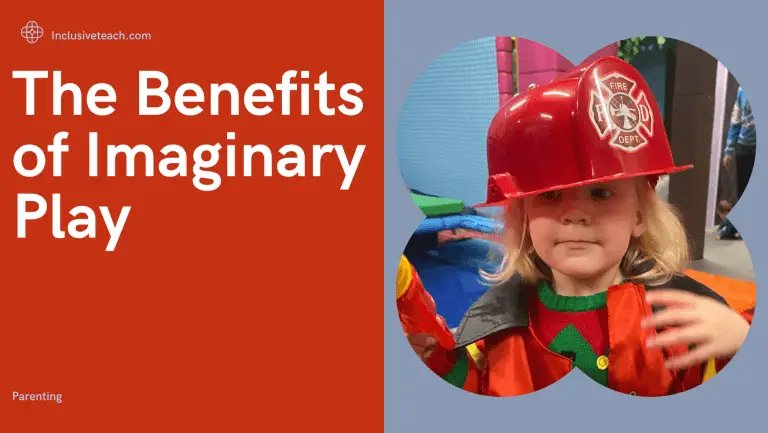How can teachers and teaching assistants motivate pupils to learn?
Developing pupil motivation using 10 evidence based strategies.
Teaching Assistants (TAs) play a vital role in supporting pupils with Special Educational Needs (SEN) in the classroom. One of the most important aspects of their work is to help these pupils develop a strong motivation to learn. This is crucial because pupils with SEN may face additional challenges in the classroom, such as difficulties with communication, motor skills, or social interactions. Without a strong motivation to learn, these pupils may struggle to engage in their education and achieve their full potential. Additionally, pupils with a high level of motivation tend to have higher levels of self-esteem and self-efficacy, and are less likely to experience anxiety and depression (Zhao 2021).
10 Evidence Based Practices To Motivate Pupils To Learn.
There are many ways that teaching assistants can motivate pupils to learn. Here are a few evidence-based practices and strategies that are effective. Not all are SEN specific.
- Set clear expectations. When students understand what is expected of them, they are more motivated to meet those expectations. These can be supported by structured teaching approaches (Such as elements of TEACCH). You may need to clarify the learning objective for the pupil.
- Use positive reinforcement and praise. When students are recognised for their efforts and successes, they are more motivated to continue working hard. Find a method of praise that works for the pupil. They may not want to be praised in public.
- Make learning interactive and engaging. When students are actively involved in their own learning, they are more likely to stay engaged and motivated. This may mean that the teacher or TA builds the pupils special interests into the lesson.
- Encourage students to set their own learning goals. When students have a say in what they are learning and how they will demonstrate their learning, they are more invested in the process. This is known as Goal setting theory, which states that clear and specific goals leads to greater motivation and may be effective for autistic pupils (Carr 2014).
- Foster a positive classroom culture. A positive classroom culture, where students feel valued and supported, can help to create a sense of belonging and encourage students to stay motivated.
- Offer additional support and resources for struggling students. When students receive the support they need to succeed, they are more motivated to put in the effort to learn. You may need to chunk information or scaffold the task
- Self-Determination Theory (SDT) emphasises the importance of providing autonomy-supportive environments and giving pupils the opportunity to make choices and have a say in their learning. This may include the use of technology to achieve the teachers planned learning outcomes.
- Self-efficacy, which is a person’s belief in their ability to succeed in a specific task or situation, can be enhanced through providing opportunities for mastery experiences and verbal persuasion.
- Mindset interventions, which focus on changing pupils’ beliefs about intelligence and ability, have been shown to improve motivation and academic performance. Many schools did/still use Carol Dweck’s Growth mindset work.
- Feedback, which is information about the results of an individual’s performance, can be used to motivate pupils by providing guidance for improvement and recognition for effort and progress. The better the relationship you have with the pupil the more effective this is (not evidence based but anecdotally my experience)
The Motivation/Achievement Cycle
A recent study by Vu et al (2022) discussed the motivation/achievement cycle that links well to the strategies above. The motivation-achievement cycle is a summary model that captures some of the key elements of academic motivation. This model includes: blue boxes that represent motivation constructs, green dotted arrows that show the link between behaviour and learning, and yellow boxes and arrows that indicate achievement-related factors. Additionally, the model includes grey arrows that represent outside influences, such as cultural and social factors, that can impact both motivation and achievement. This model is designed to capture the commonalities across prominent theories of academic motivation and show how these factors interact with each other.

You can see how a teaching assistant/teacher can influence many of these areas. You might be able to picture how you have supported a pupil with specific needs by adapting how you adapt your approach. I.e. The level of control the pupil has over their tasks, how you give feedback, how you support self-regulation.
Additional EEF Evidence for Motivating Pupils
The Education Endowment Foundation (EEF) is a UK-based organization that conducts and publishes research on evidence-based education practices. According to their research, there are several strategies that have been shown to be effective to develop pupil motivation. Some of them align well with the strategies above:
- Self-regulation strategies, such as goal-setting, self-monitoring, and self-evaluation, have been found to be effective in increasing pupil motivation and engagement.
- Classroom management techniques, such as providing clear expectations and rules, and using positive reinforcement, can help to create a supportive learning environment that promotes motivation.
- Providing pupils with opportunities for choice and autonomy, such as allowing them to choose their own learning activities or projects, can increase their motivation to engage in the task.
- Feedback, which is information about the results of an individual’s performance, can be used to improve motivation by providing guidance for improvement and recognition for effort and progress.
- Metacognition strategies, such as teaching pupils how to plan, monitor, and evaluate their own learning, have been shown to improve motivation by increasing their sense of control over their learning.
It’s important to note that the EEF research in how to motivate pupils also states that it is important to consider the context and individual needs of the pupils. Therefore, the strategies that work best may vary depending on the classroom and the students. Additionally, the EEF suggests that, when implementing these strategies, it is key to involve pupils in the process. You should also evaluate the impact of the interventions to motivate pupils regularly.
References
Carr, M.E., Moore, D.W. & Anderson, A. Goal Setting Interventions: Implications for Participants on the Autism Spectrum. Rev J Autism Dev Disord 1, 225–241 (2014).
Zhao, Ying, et al. “Self-Esteem and Academic Engagement among Adolescents: A Moderated Mediation Model.” Frontiers in Psychology, vol. 12, (2021)
Goldfarb, Yael, Ofer Golan, and Eynat Gal. “A self-determination theory approach to work motivation of autistic adults: A qualitative exploratory study.” Journal of autism and developmental disorders (2021): 1-14. (*Workplace not school based!*)
Shkedy, G., Shkedy, D., Sandoval-Norton, A. H., & Fantaroni, G. (2020). Visual communication analysis (VCA): Applying self-determination theory and research-based practices to autism. Cogent Psychology, 7(1), 1803581.
Vu, T., Magis-Weinberg, L., Jansen, B.R.J. et al. Motivation-Achievement Cycles in Learning: a Literature Review and Research Agenda. Educ Psychol Rev 34, 39–71 (2022).
Zhao, Ying, et al. “Self-Esteem and Academic Engagement among Adolescents: A Moderated Mediation Model.” Frontiers in Psychology, vol. 12, (2021)







2 Comments